My mother is a horse. (2024) ︎︎︎︎︎︎
Exhibition Dates: April 15, 2024 – July 14, 2024. Organized by the Chazen Museum of Art, University of Wisconsin‒Madison. The 2024 Russell and Paula Panczenko MFA prize and exhibition are supported by the Panczenko Fund for Excellence in the Visual Arts, and juried Kelly Kivland.
I find relatable images in many places: trans literature, romantic encounters, and horse girl memes. Seeing myself in these images changes how I understand my embodiment and expands the web of relationships that forms my identity. These relationships are a source of strength and comfort. I coat the surface of my body with these images like a protective membrane: they become my emotional support images.
I am interested in how encounters with images and objects serve as conduits for processes of identity formation and the creation of trans4trans (t4t) networks. Locating, identifying with, and transforming these images has played an important part in forming my own transgender identity and finding my own (horse) girlhood. In these encounters, I expand my sense of self by identifying with something outside myself, reshaping the images themselves. Horses become fugitive signifiers of desire, support, and the (bio)genesis of a blossoming transfemininity. Entangling self and other in this way emphasizes the highly mediated nature of embodiment and the co-constitutive relationship between individual and collective identities.
This exhibition weaves paintings, silicone surfaces, prints, and sculptural objects into a t4t grid installation. Through casting and the repetition of the grid, I create relationships between multiples. My experimental approach to the process and materiality of casting focuses on its intimacy and reciprocity, recontextualizing the fraught, hierarchical relationship between copy and original. Understanding casting as mutable and imperfect, my objects become materializations of transness and allegories for t4t praxis.
t4t describes desire and attraction, but also trans practices of mutual aid, care, and solidarity. This installation uses the grid, the multiple, and the horse to signify trans embodiments and t4t methodologies that build trans community through mutual identification with images. Understanding the affective relationships between image (other) and identity (self), I recast the individual process of identity formation as a collective act of becoming that supports trans flourishing. Weaving webs between image, self, and community, I want this exhibition to transform my images into an emotional support t4t network.
Arachne
Oil, acrylic, netting on canvas, 14 x 15.5 inches. February 2024.






hyperballad
Oil, acrylic, colored pencil, netting, and pigmented dragon skin silicone on canvas over panel. 60 x 60 inches, February 2024.











walk
Oil, acrylic and netting on panel, 11 x 14 inches. February 2024.


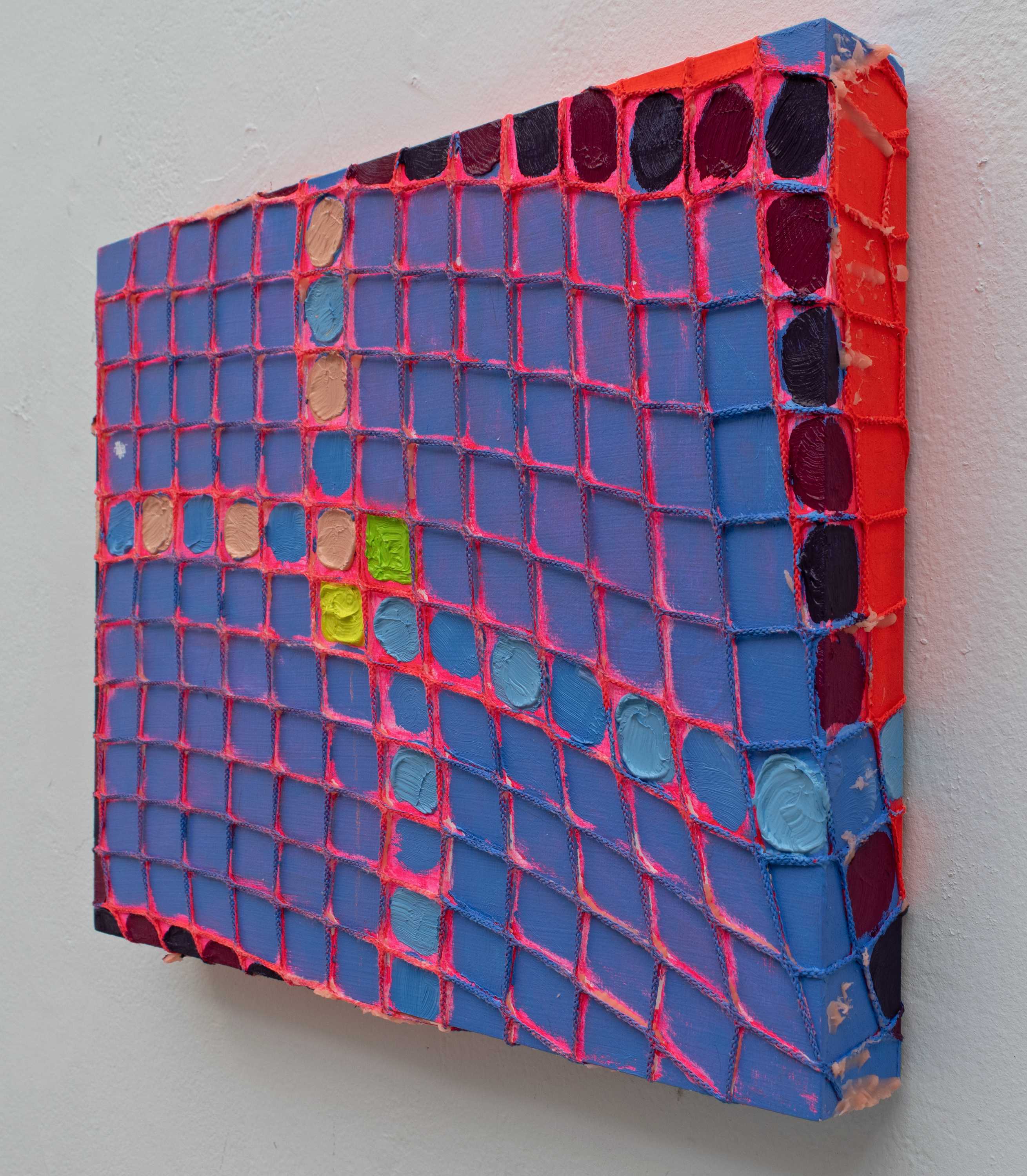


trot
Oil, acrylic and netting on panel, 11 x 14 inches, December 2023.




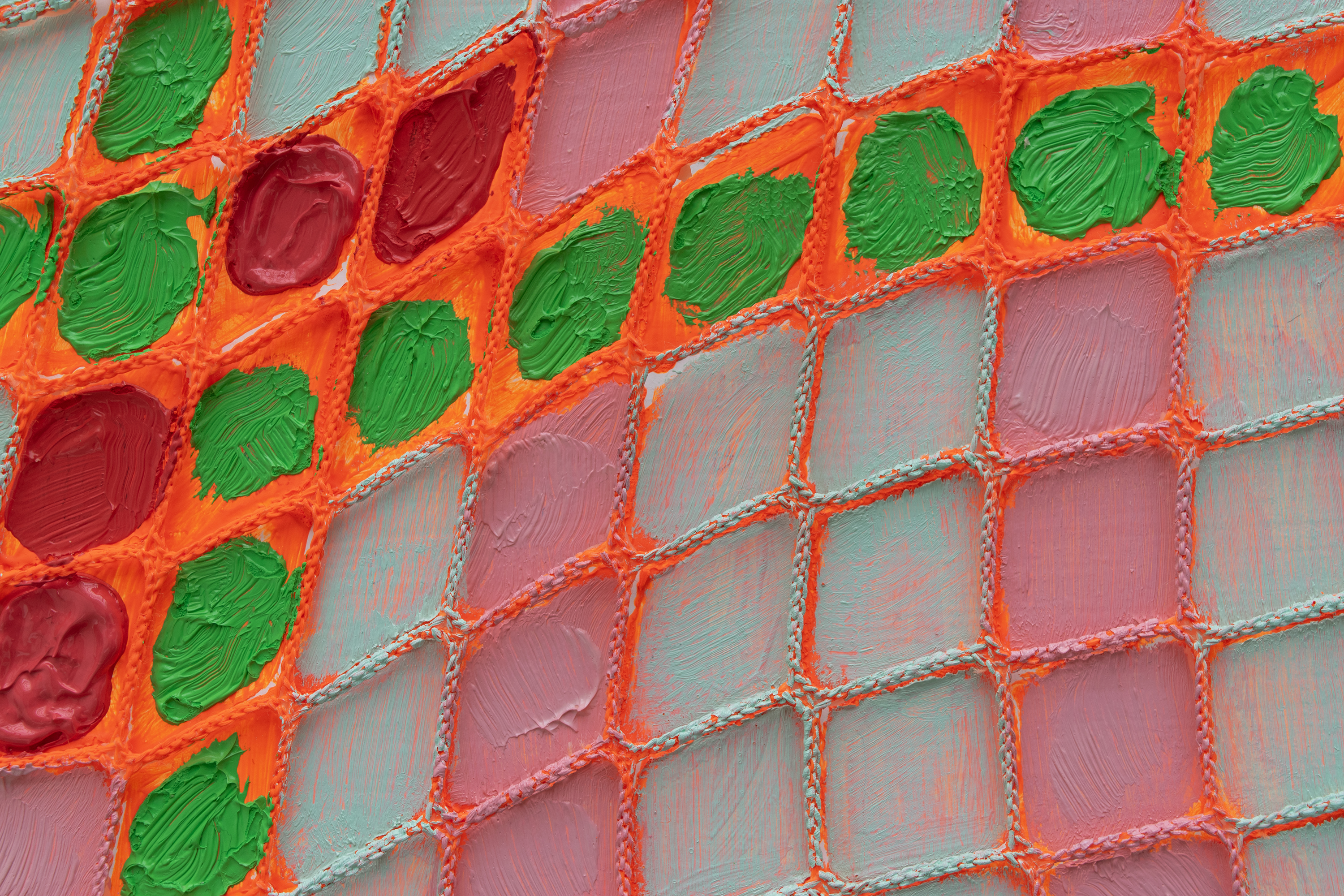
canter
Oil, acrylic and netting on panel, 11 x 14 inches. December 2023.
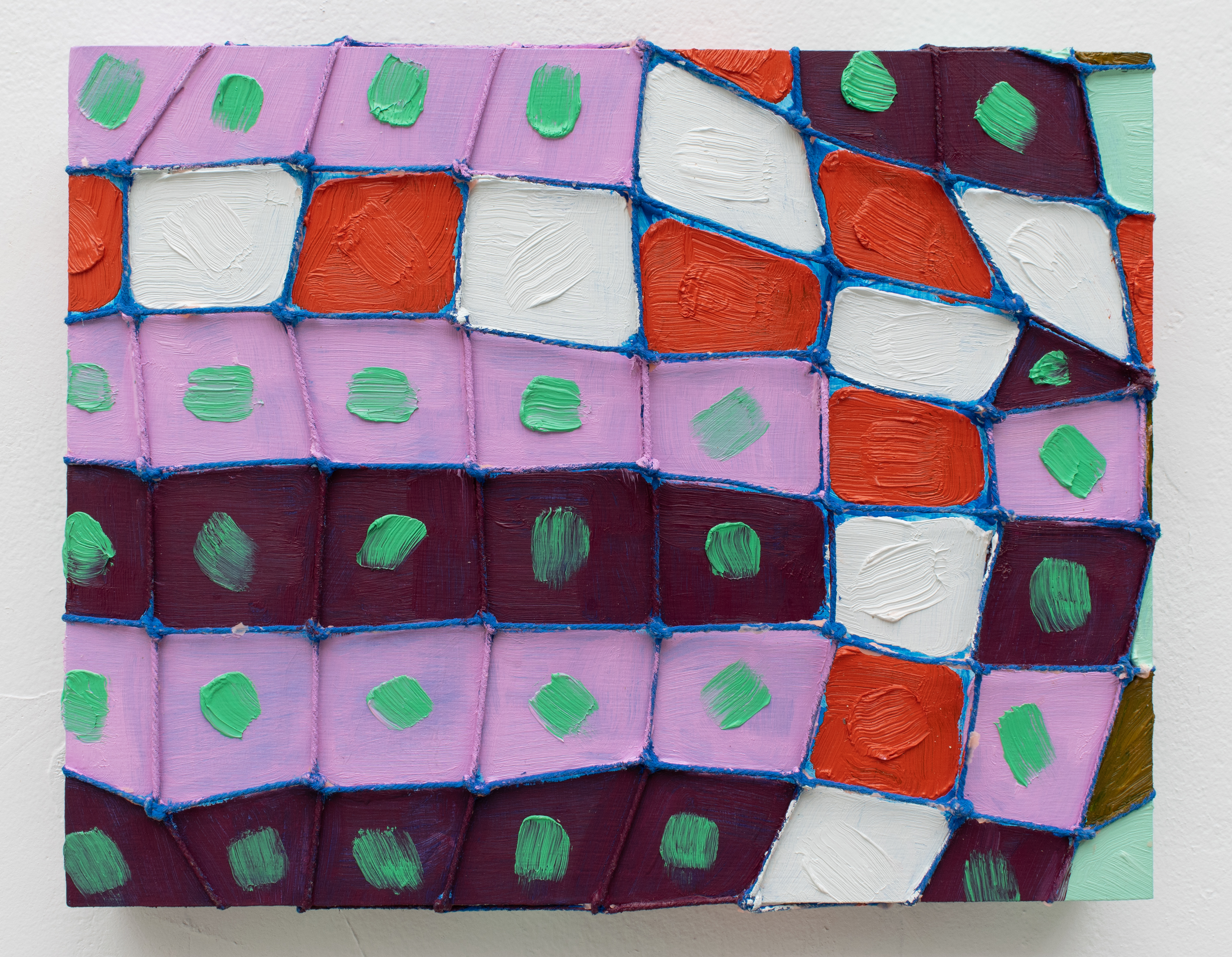





destroy me
207 rebound-25 silicone tiles cast from the surfaces of three paintings; upholstery tacks; magnets; miniature pony figurines, 102 x 328 inches (dimensions variable). April 2024. Courtesy of the Chazen Museum of Art, University of Wisconsin‒Madison.








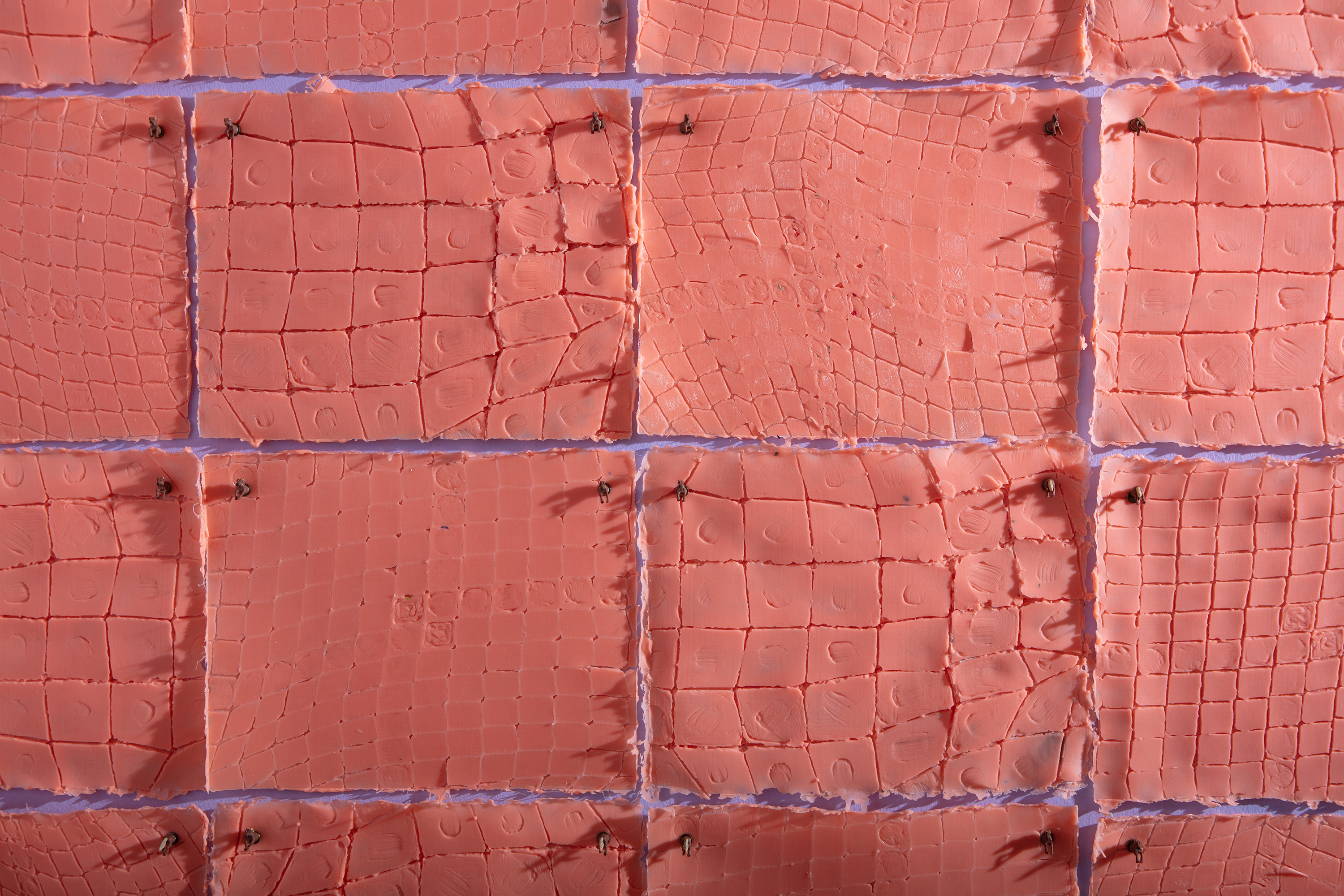

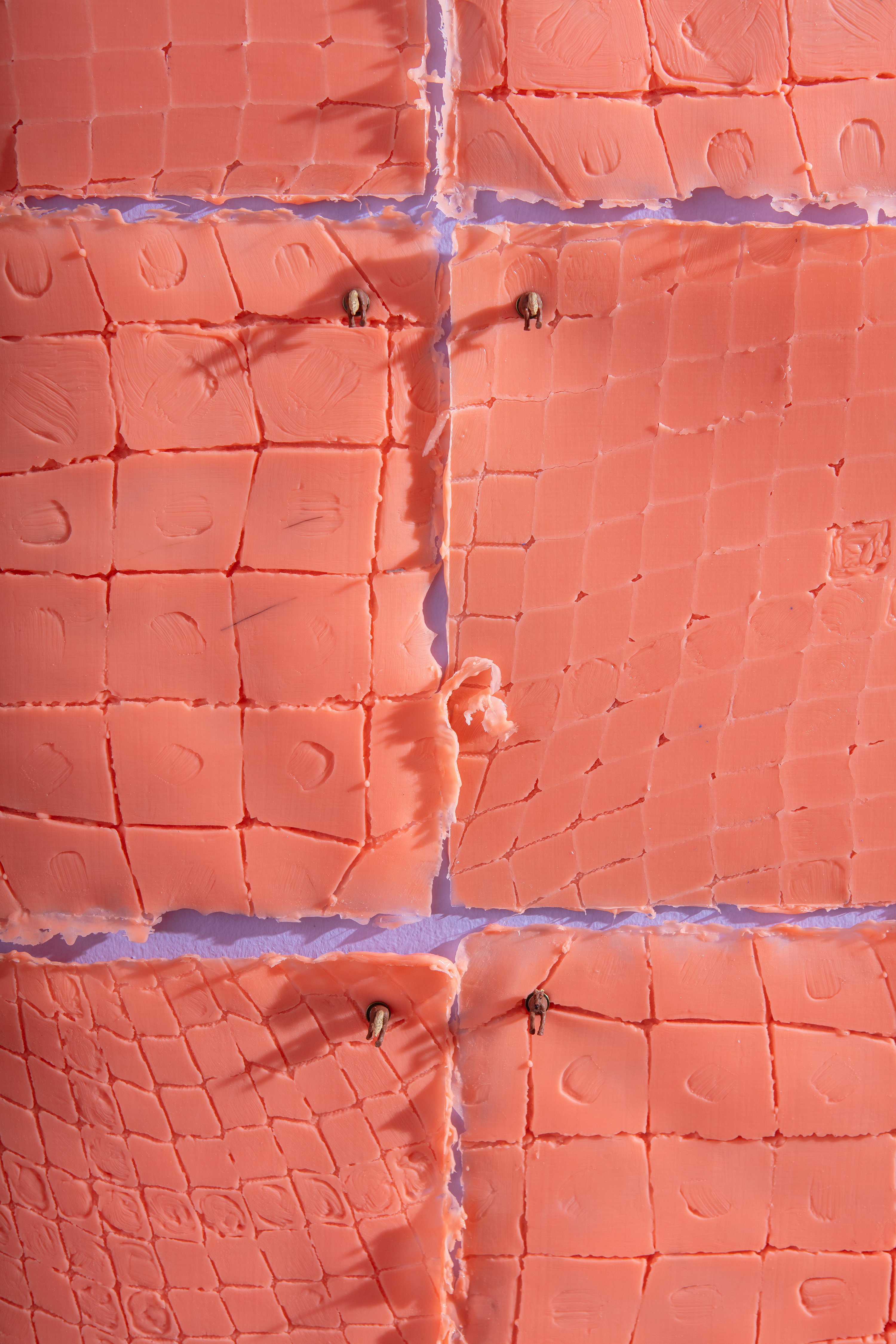



passing
Oil, acrylic, netting on canvas, 16 x 17.5 inches. March 2024.


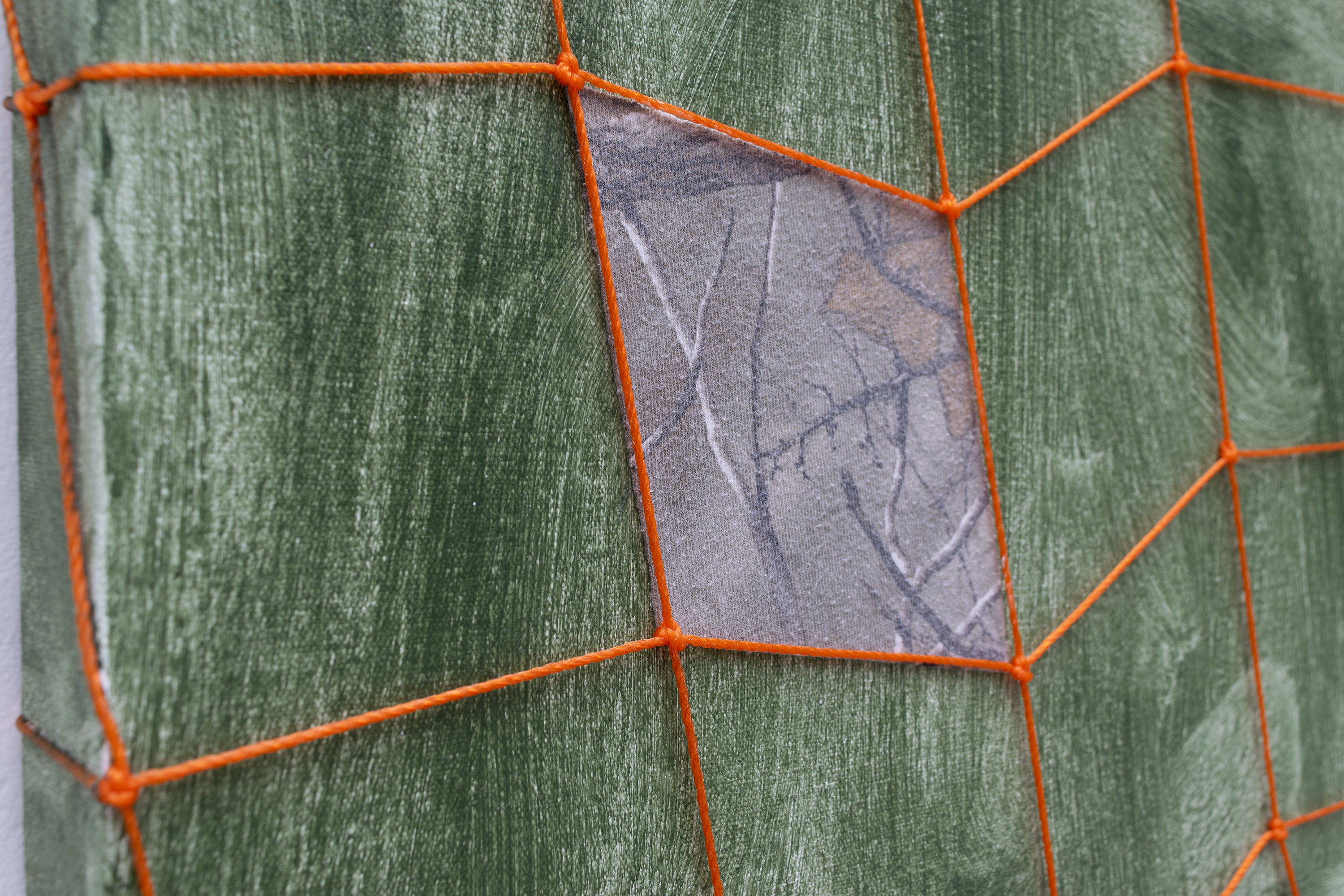



the birth of Venus
cast Dragon Skin silicone, pigment, clam shell, ceramic support, found antique paper cutter. roughly 12 x 13 x 15 inches. March 2024.














gemini
Oil, acrylic, netting on panel with cast rebound-25 silicone surface, 10 x 8 inches each. July 2023.
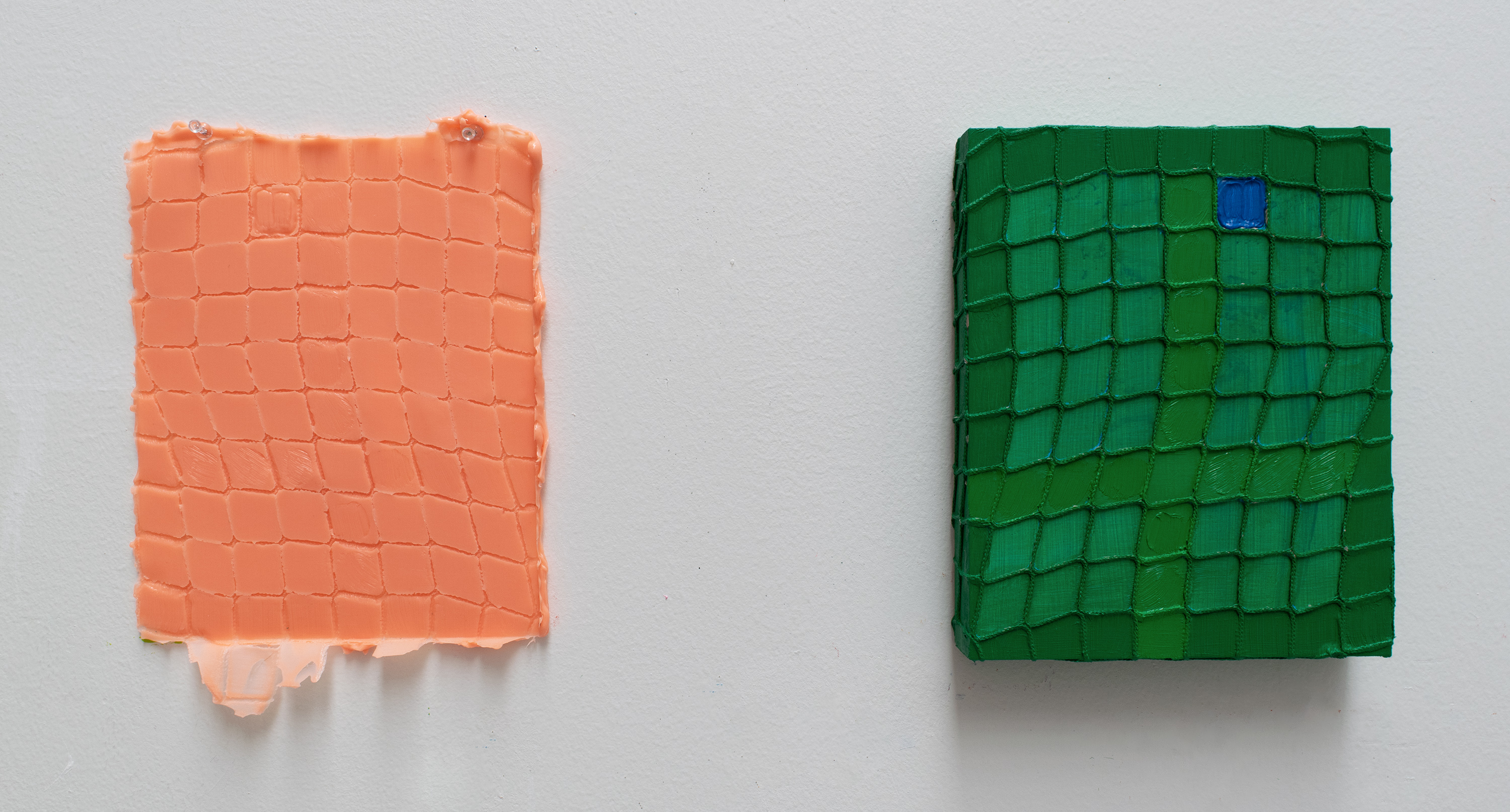
emotional support images
risograph prints on lavender 70lb text weight paper, 10.5 x 14 inches each. February 2024.
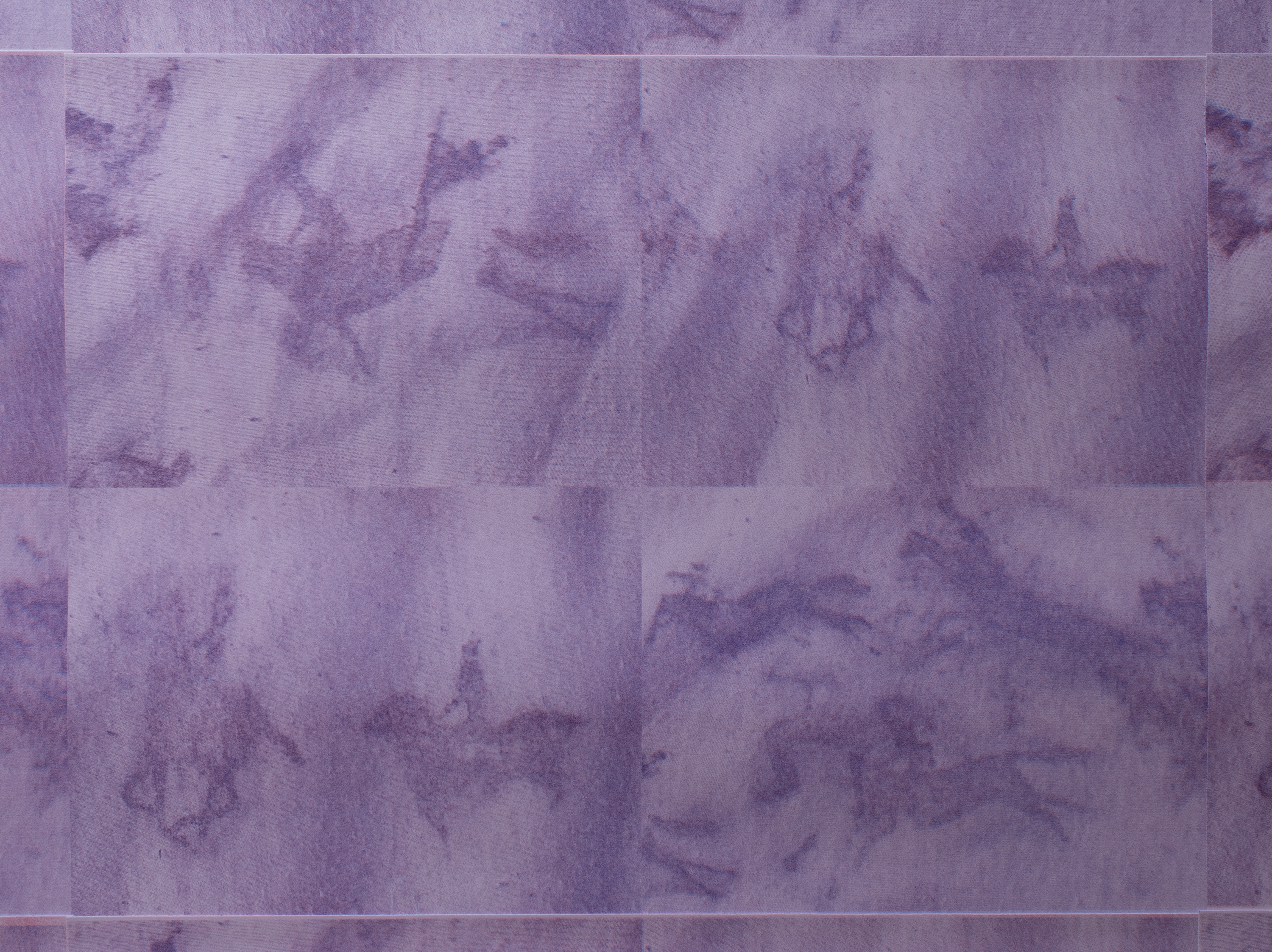




unbridled
Oil, acrylic, netting on canvas over panel, 18 x 18 inches. December 2023.



pareidolia
Oil and acrylic on canvas, 20 x 22 inches. January 2024.


transfixions
Oil, acrylic, Dragon Skin silicone, silicone pigment, glitter, tattoo ink, and netting on canvas. 35 x 36 inches. March 2024.


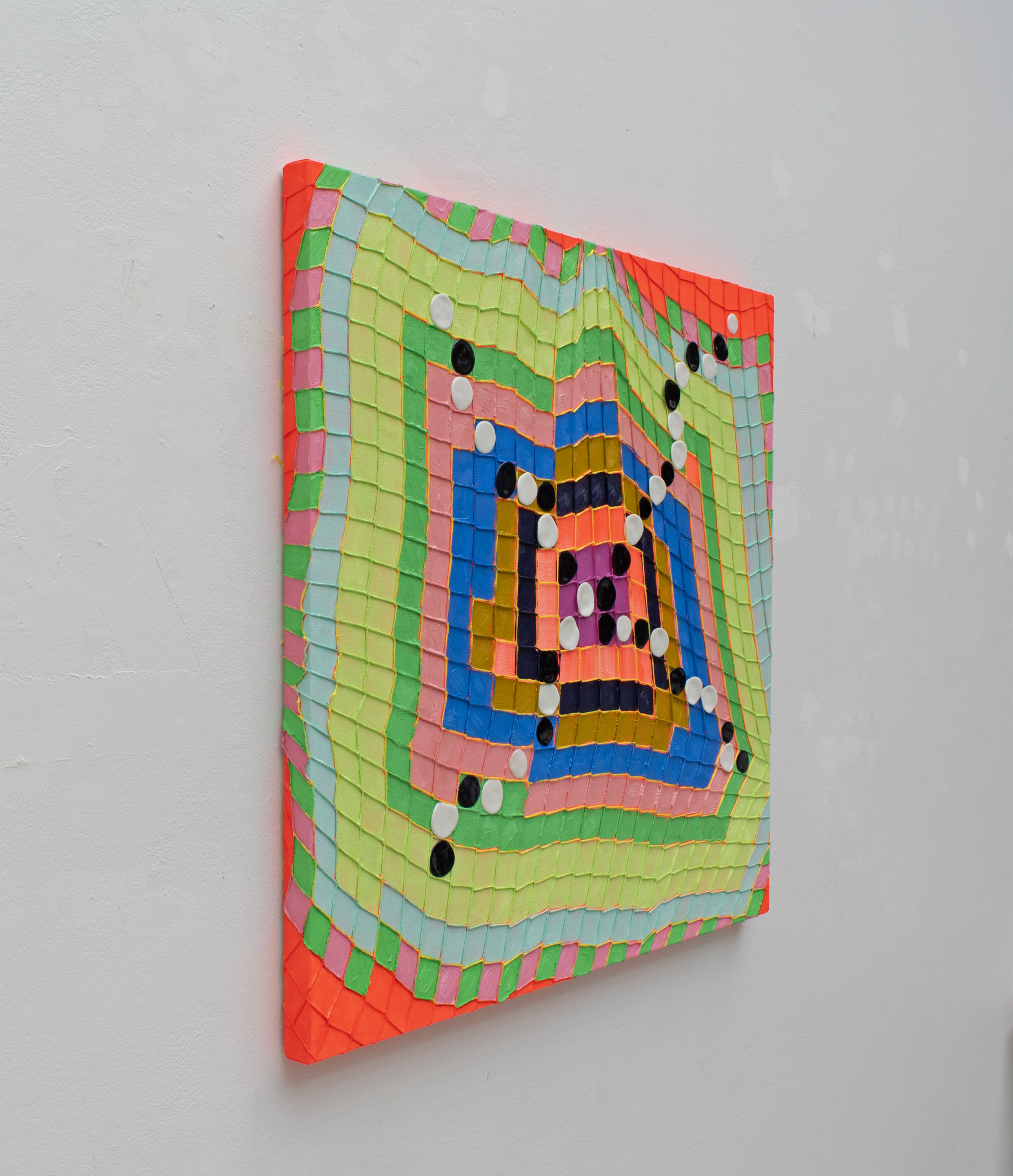




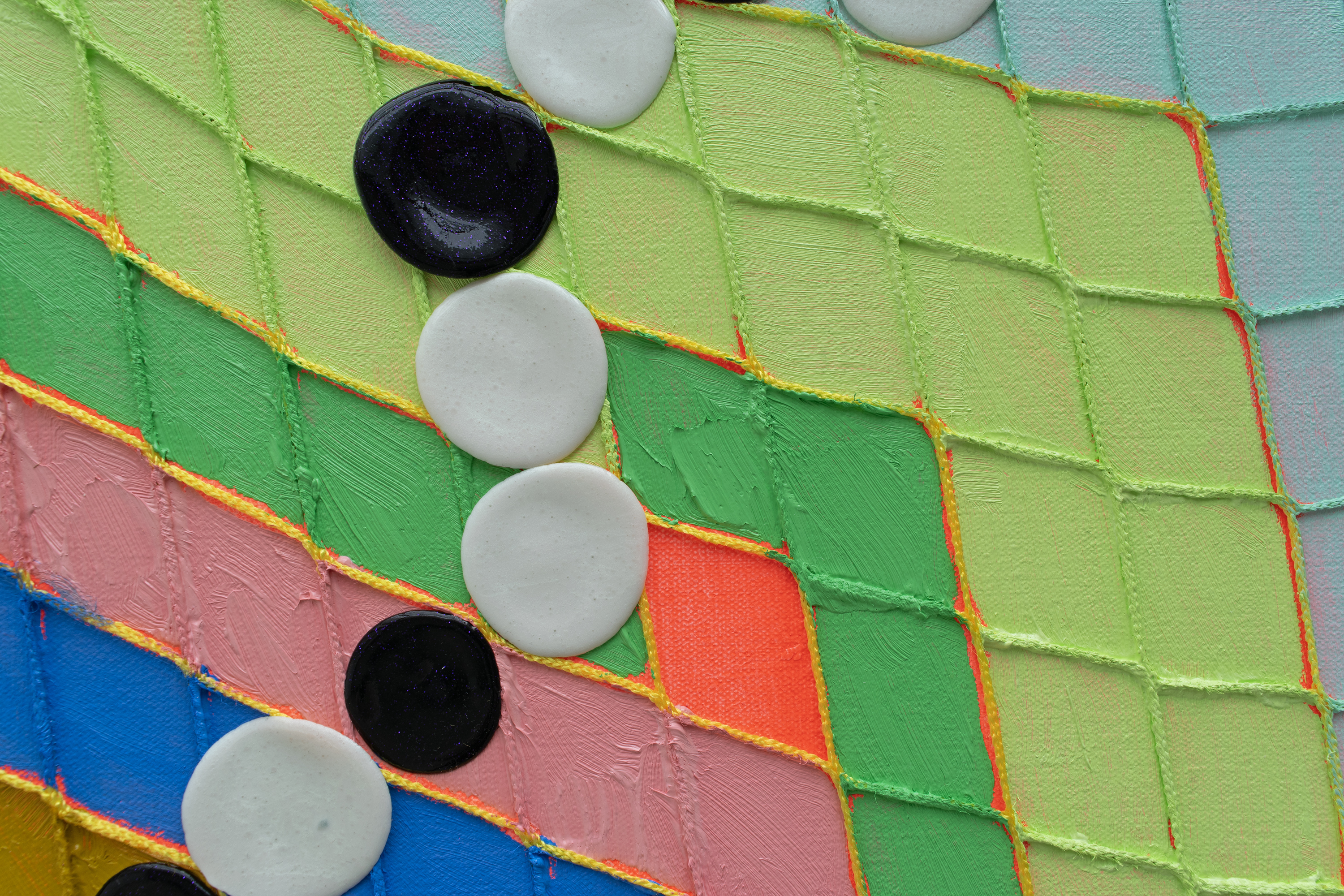



bareback
folded silicone surface cast from a 60 x 60 inch painting; found cinder block. roughly 17.5 x 9.5 x 11 inches. October 2023.


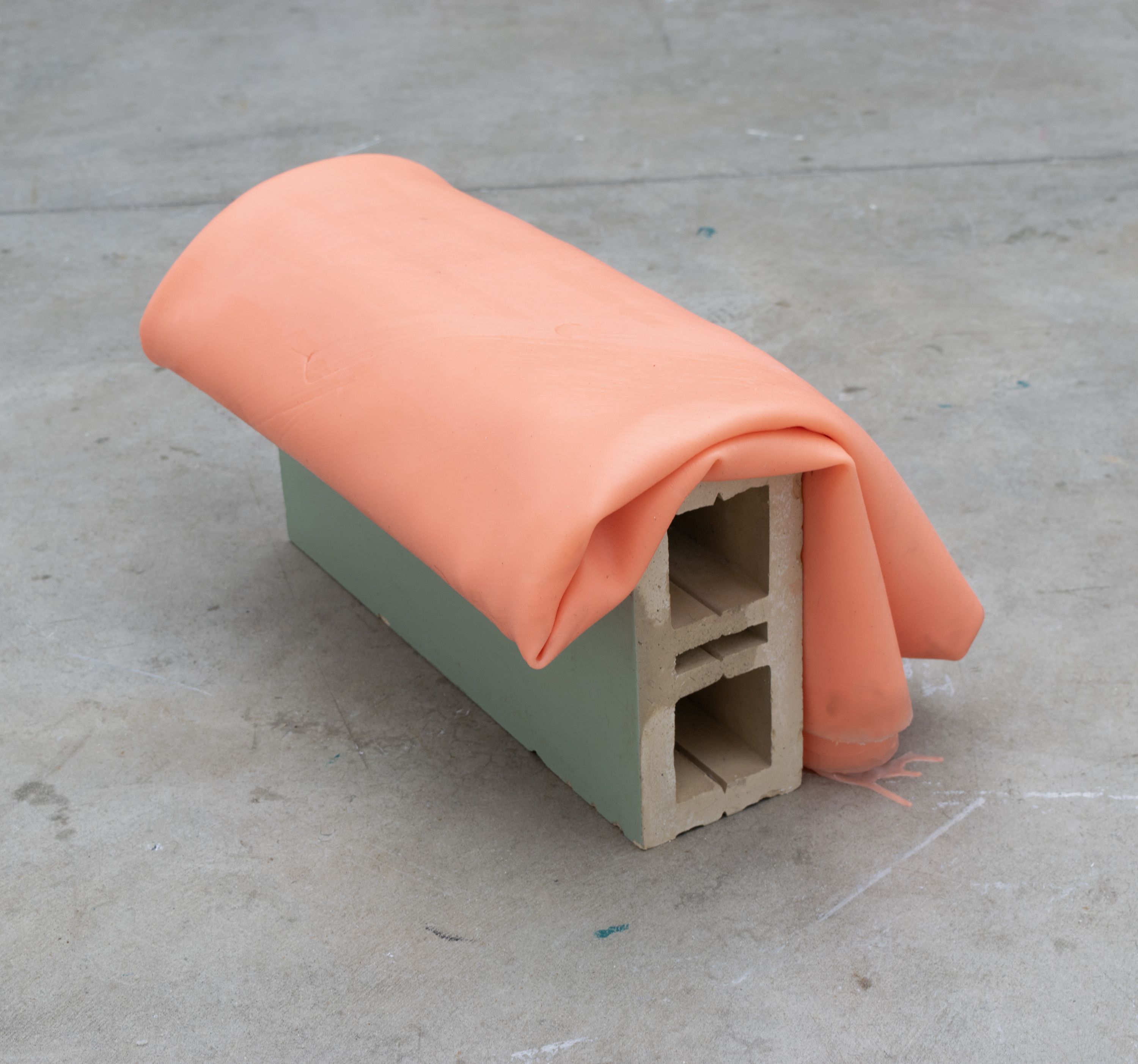

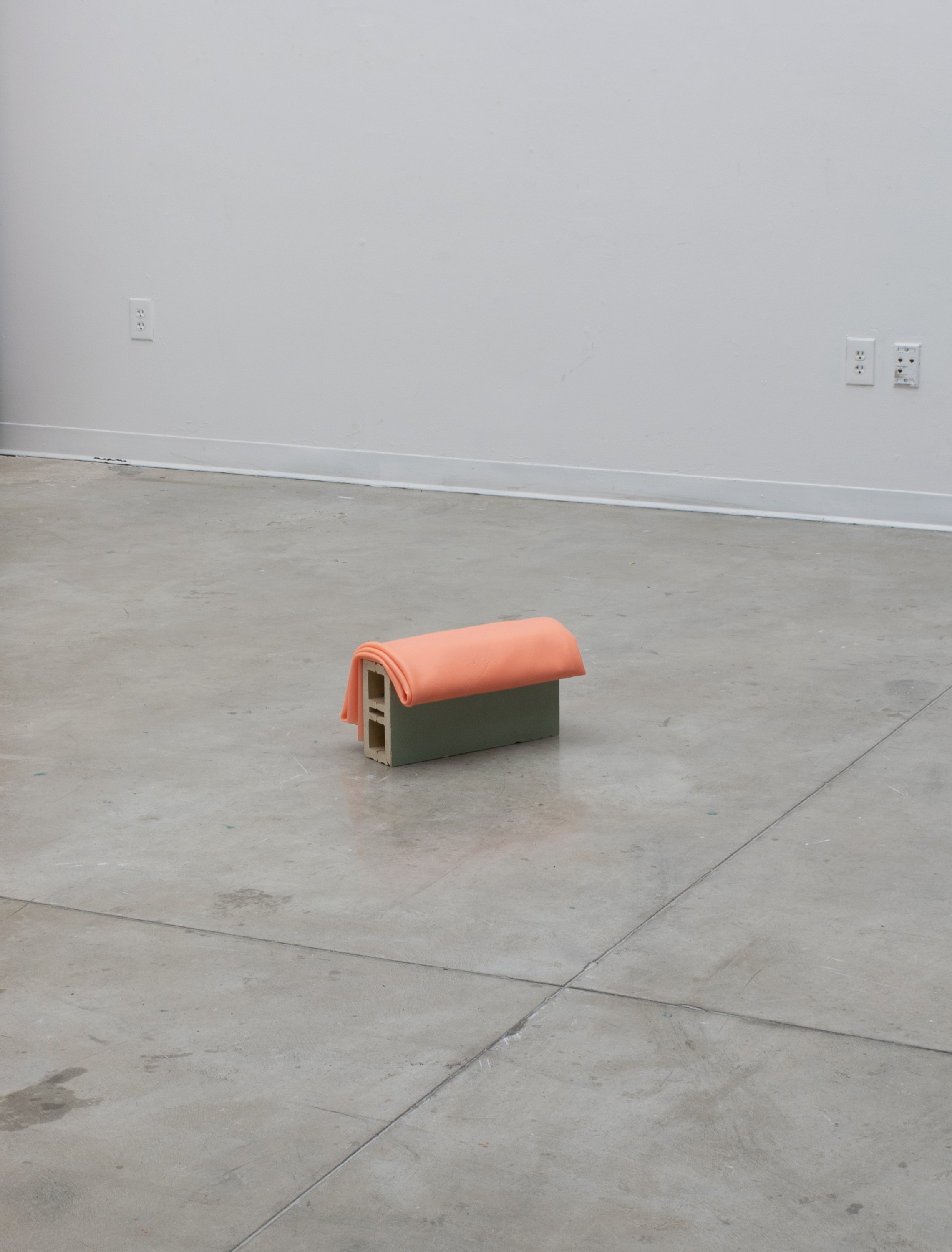



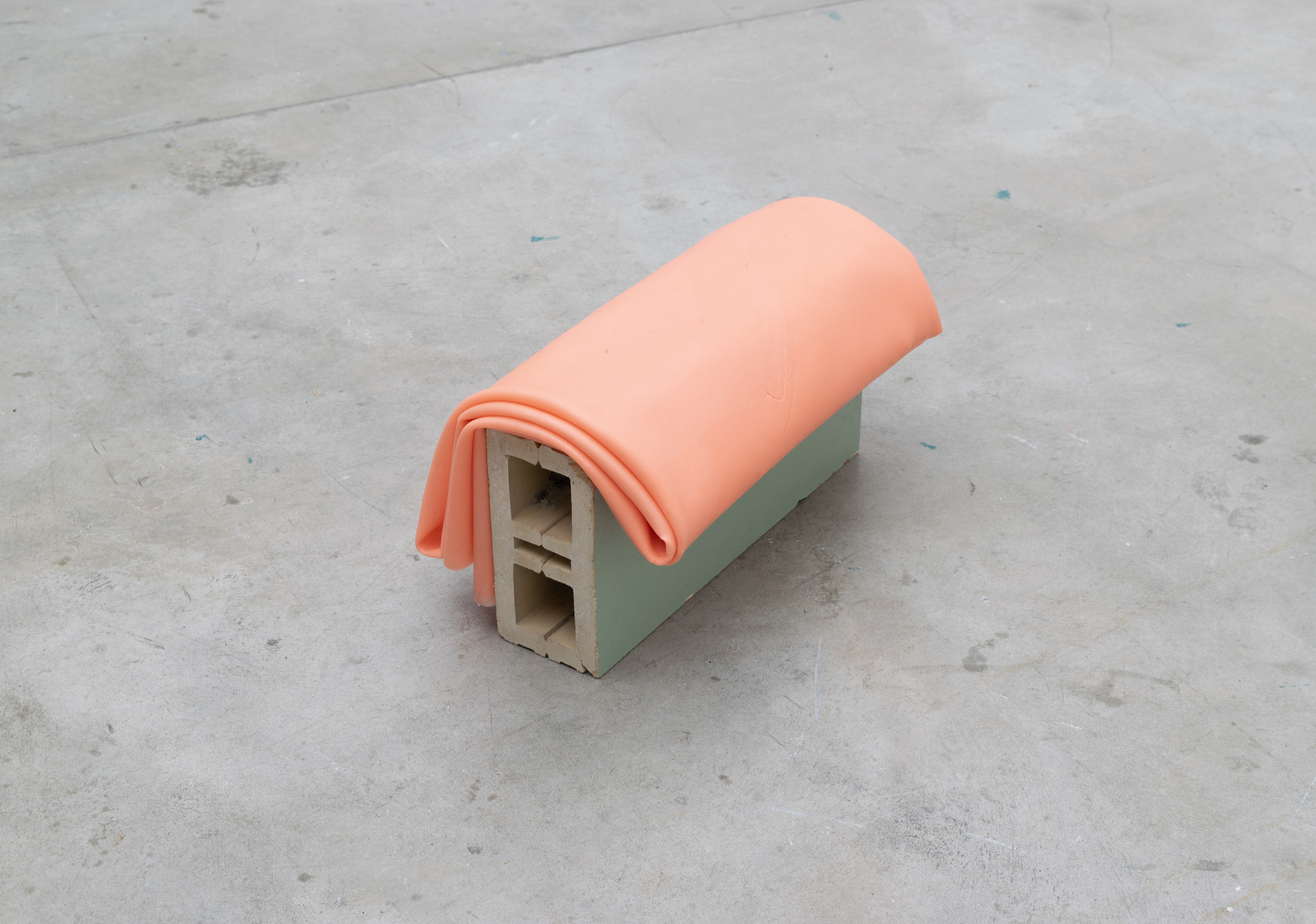

arena
Oil, acrylic, and netting on canvas over panel. March 2024.



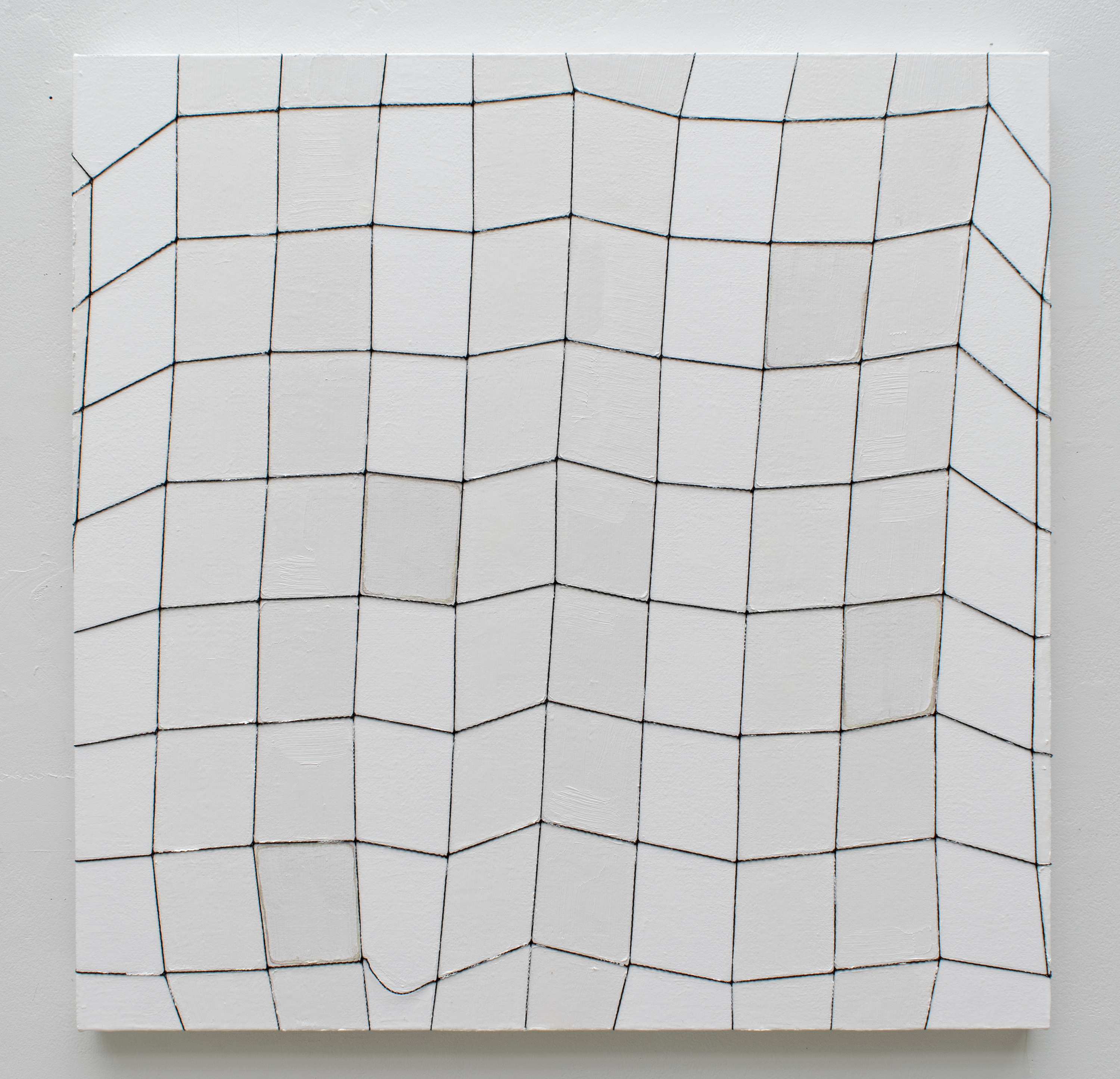








saturday morning cartoons
Screenprint with hand painting, edition of 10 with 5 progressive proofs. 22 x 28 inches each. March 2024. Printed by David Love at Tandem Press in Madison, WI.



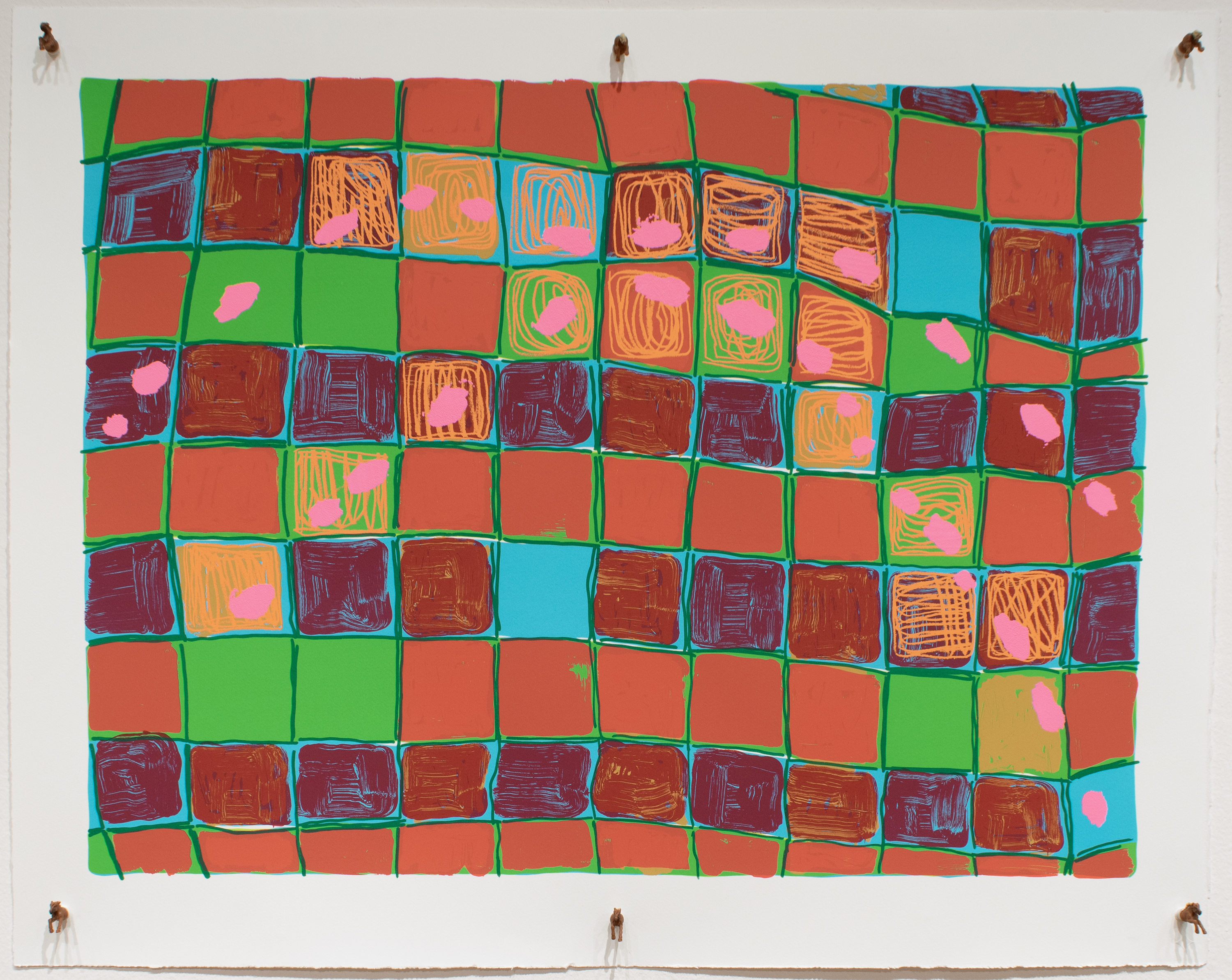




aftercare
cast beeswax, lavender essential oils, miniature pony figurines, “t” and “4” alphabet beads. roughly 8 x 8 x 16 inches each. April 2024.

Above:
Courtesy
of the Chazen Museum of Art, University of Wisconsin‒Madison.











piaffe
cast hydrocal, Rebound-25 silicone. Roughly 12 x 15 inches each. March 2024.




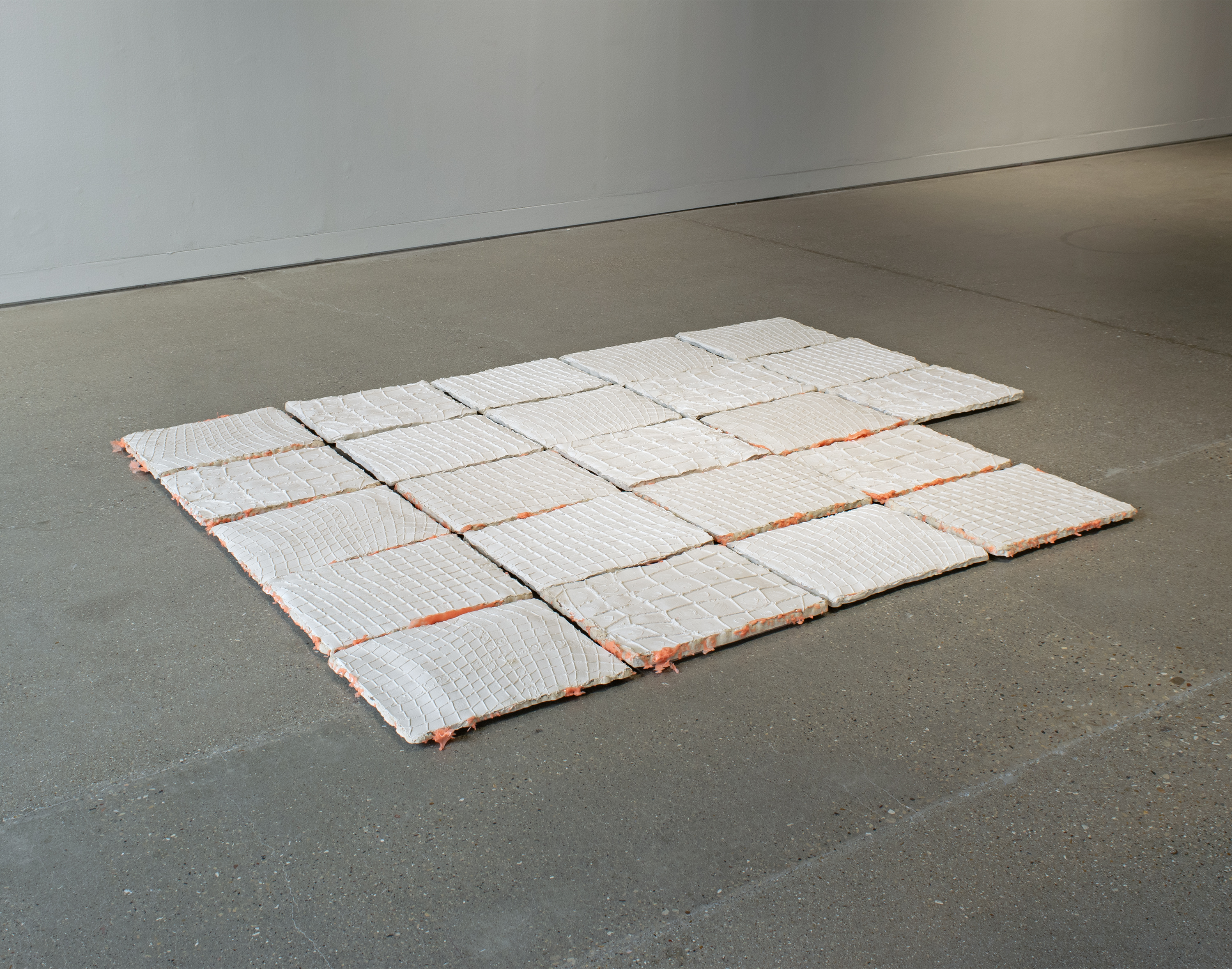







Installation Images. Courtesy of the Chazen Museum of Art, University of Wisconsin‒Madison.









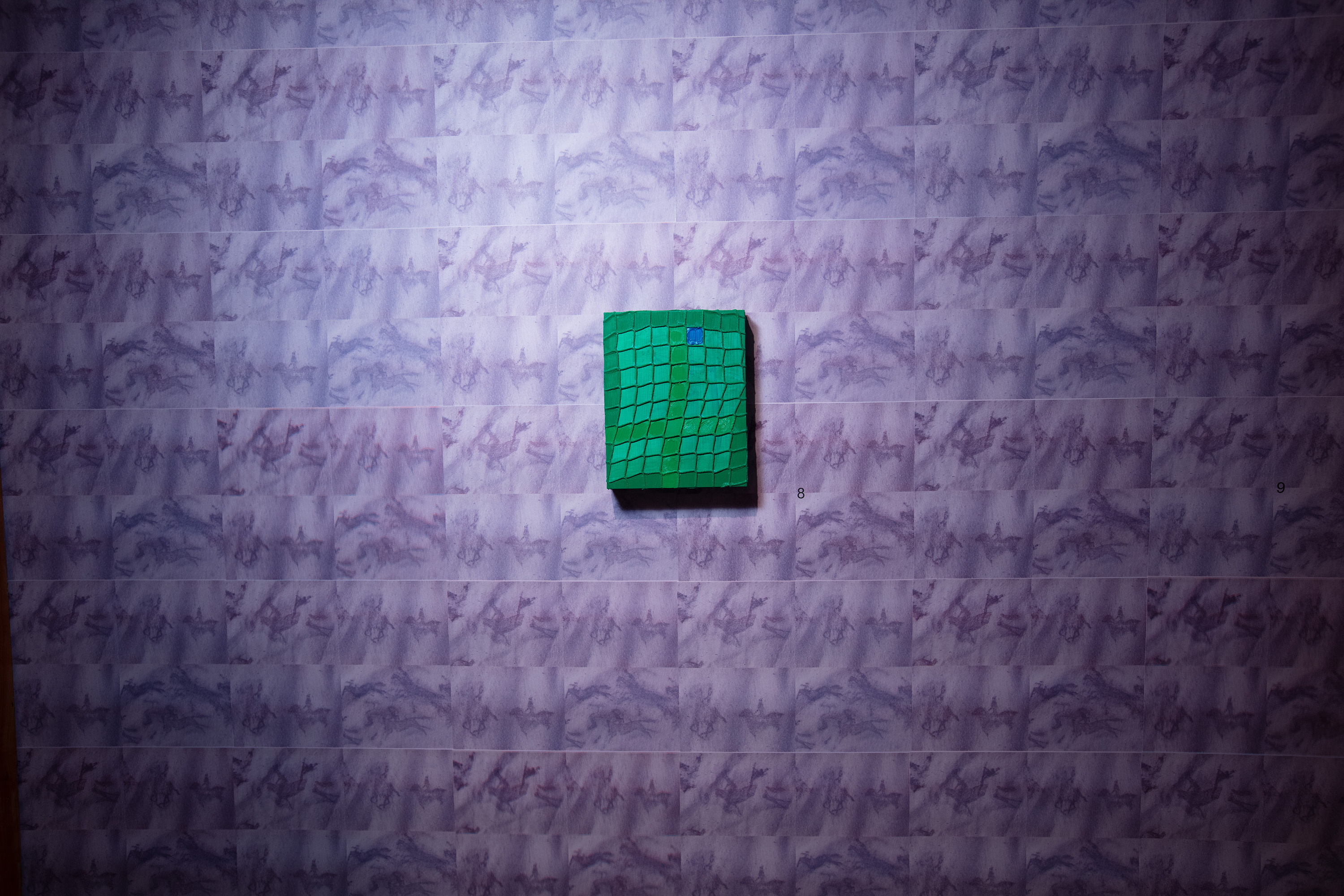








Writing:
Cat Birk’s work is situated within a living, personal archive. Emphasizing t4t (or “trans for trans”)—a reference to the vital network of transgender solidarity and mutual aid—the artist examines how the morphing of images and objects can inspire new relations for a transitioning self. Mutation is an integral part of each of their works—found in the appropriated, recombined materials they use to suggest one’s agency in shaping identity.
The exhibition’s title is taken from a passage in Aurora Mattia’s debut novel, The Fifth Wound (2023), in which the author conjures a dreamlike world that traces the love and pain within the formation of a trans woman’s identity. The book’s referenced passage alludes to the burgeoning “horse girl” theory in trans politics. At once, Mattia’s text speaks to both the clichéd definition of an introverted girl’s affinity to horses and the biogenesis of transwomen through the presence of equine-derived estrogen.
My mother is a horse. is also a prelude to the work on view, representing Birk’s intent to amend the legibility of organizing structures—be it the grid, minimalist sculpture, or even queer politics. They do so through radical intimacy and subjectivity in the work and by indulging in moments of ambiguity.
Conceived as an installation across the Garfield galleries, the presence of abstraction is a direct invocation of trans bodies. The repetition of the grid, vivid color, as well as the use of thick paint, molded beeswax, and cast silicone—materials that glisten, contort, and shapeshift—lend Birk’s paintings, prints, and sculptures a sensual charge. As such, the materiality of their work reflects an interior self.
For Birk, the obscured grid remains in a state of becoming, and each articulation is a refusal to comply and a refusal to disappear. In turn, My mother is a horse.presents us with the encounter, or evolving need, to overcome the binding states, the containers, and categories that define our own identities.
Kelly Kivland
Director and Lead Curator, Michigan Central
How are horse girls born, and born, and born again? Do they hatch themselves from a mare’s egg laid on their tongues? With egg-membrane-burst they plunge into saltwater—theirs, their mothers’—through salt and silicone into lavender depths. Transecting their own moorings to make the dive, they knot nets together from their loose ends.
How are horse girls made? Sinking in and leaping out, they draw each other up; a pinch and pucker where they pull close together. A fluid collective, they drag into each other, shimmering, and touching across every interstice.
Do horse girls weave themselves together from fragments: hands, heads and tails? Are they replicated, repplicated, repliicated. Hatched. Drawn. Held. Made. Carried warm and poured, peeled at the edge. Or do they pull themselves–inked into skin– up from the sheet stain, all their feet raised mid-gallop?
Horse girls dig themselves out with careful/desperate/determined fingers, until they make their way to each other. Hand-building layer after luminous layer, the architecture of home and body: t4t cinderblock on t4t cinderblock, and silicone on silicone. As they stand in an orange glow, the outward reflection of inner emergence, horse girls are made even here, even now.
Meg Wilson
they/them
Art History PhD researcher, UW Madison